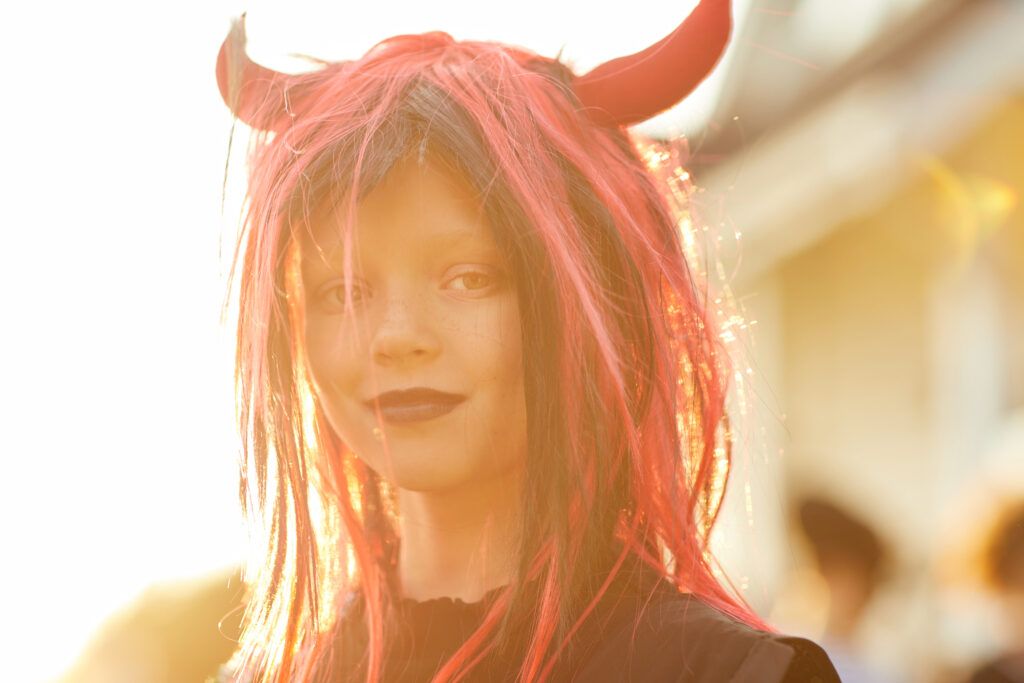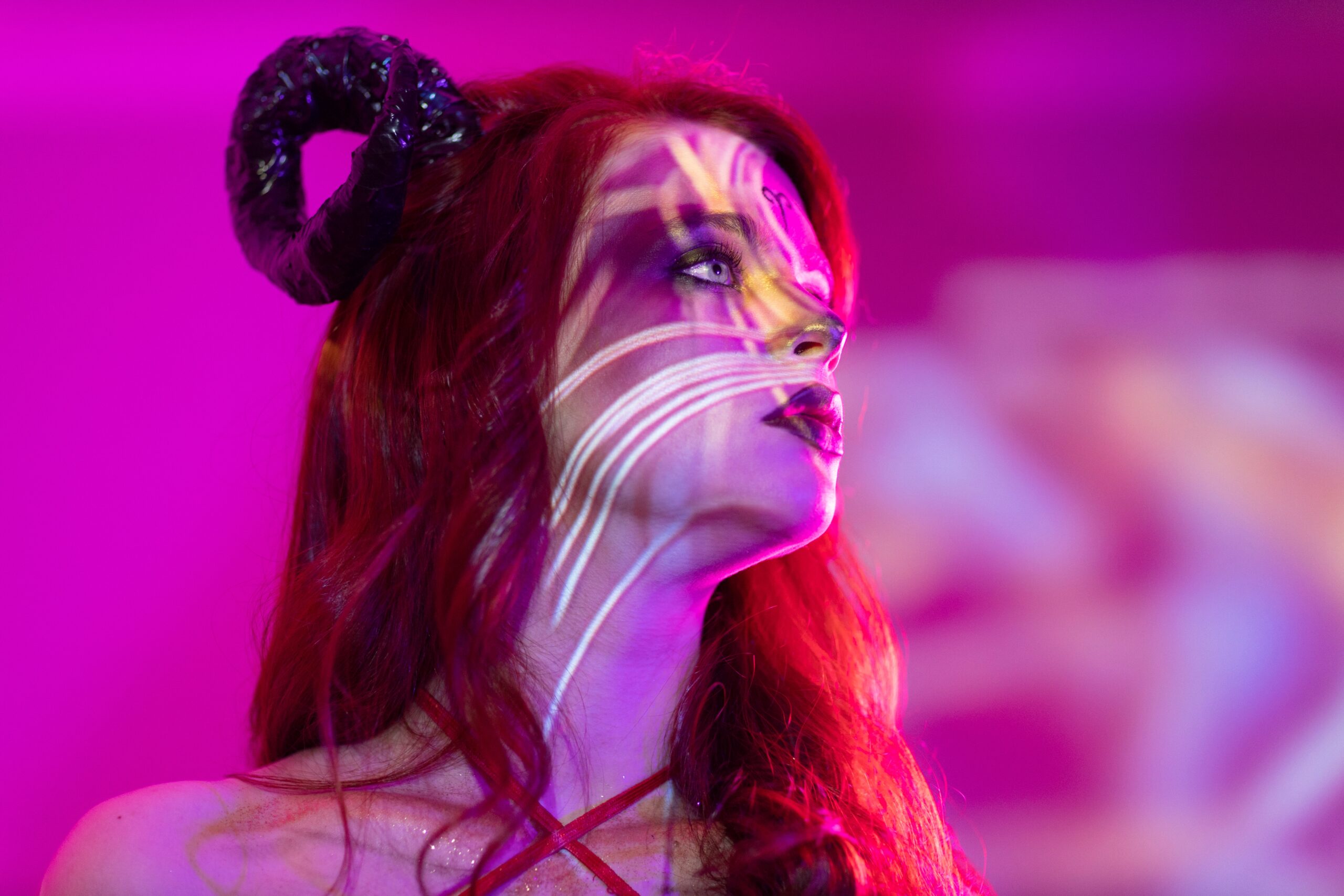Introduction
Monster Dream Girl concepts combine the world of mythology, psychology and pop culture into a captivating mixture that creates an intriguing topic for our piece. We look at their roots as well as their characteristics and relevance to culture from many points of view and from various sources. We also provide insights from numerous perspectives and resources on this intriguing phenomenon. The section below delves into these issues in greater in depth. Initiation/Characteristics for Monster Dream Girls (Monster Dream Girls).
Mythological Origins
Ancient folklore is filled with stories of beings that blur the lines between monsters and humans like kitunes (fox spirits) or the yukionna (snow women) which embody beauty and risk – expressing our fears and desires at the same time. Japanese mythology focuses on kitsunes because they embody beauty as well as risk while also reminding us about the humanity’s needs and anxieties while at the same time.
They often feature the characteristics of both animals and humans that make them fascinating and intriguing.
Psychological interpretations of Monster Dream Girls can be considered from an emotional perspective as evidence of how the unconscious is processing various experiences, emotions and needs.
Freudian theories suggest that these dreaming can be a sign of unfulfilled dreams or conflicting feelings within ourselves and that monstrous entities represent parts of us that we aren’t aware of or fear.
In Jungian psychology, dreams are seen as the manifestation of our collective unconscious. They draw out archetypes and symbols that are universally applicable across different cultures.
Monster Dream Girls remain an source of inspiration for modern society that inspires writers, artists and designers across different media to portray their iconic female characters through manga, anime as well as video games, which has earned the fans of these characters an immense following all over the world.
The wide variety of storylines and characters enhance its appeal, offering familiarity as well as alienation. It has a significant significance in terms of culture that is a result of its growth as a genre of art.

Monster Dream Girls often represent the themes of transformation and desire as key elements to their appeal. They can trigger powerful emotions like admiration, terror, or even love in the right context. They can trigger strong emotions upon encounter, such as fears or desires that trigger transformative emotions as they can evoke powerful reactions like love, awe, or fascination based on the impactful experience.
Monster Dream Girls have long been aspect of popular culture due because of the mix of both human and monster characteristics that add a touch of mystery, which makes the characters memorable and captivating. Their fascination dates to the past, through myths and stories that persist to the present. They are even observed among children. Until today.
In recent years, pop media has witnessed a rise in the portrayal of girls from supernatural worlds including Buffy the Vampire Slayer, Hermione Granger and Rogue from X-Men being made into famous roles for these types of characters.
They transcend gender norms combat injustices, and defeat evil spirits – resulting in an amazing transformation in how we portray ourselves over the course of decades.
Online Communities and Discussions
Monster Dream Girls have long been at the center of discussions about their significance and significance. They have also provided an online community for bringing this issue as a means for discussing this issue with other like-minded people. There are forums that are dedicated to discussing and sharing stories about Monster Dream Girls providing individuals with a safe area to investigate the concept and share experiences with other like-minded people.
The discussions usually explore the psychological and social aspects of dreams. They offer distinct interpretations and insight.
Case Studies and Examples.
“Paper Towns” and the Manic Pixie Dream Girl Trope
Women are often depicted with the title of Manic Pixie Dream Girls (MPDGs) in the media has some characteristics with Monster Dream Girls; one illustration is Margo Roth Spiegelman from “Paper Towns”, perfect for this type of character in helping Quentin to find his identity. The film “Paper Towns,” Margo portrays this trope in a way that is perfect in her unique and attractive, yet lively girl who assists to discover the person she really is in Quentin’s journey to discover himself.
The character of Margo, however, lacks vocal depth and credibility – thereby highlighting the sexist issues that underlie it and strengthening the masculine stereotype dialog. (MDDG).

“Supernatural Girls” in Popular Culture
The rising popularity of “Supernatural Girls” as new women’s icons of popular media further indicates a changing gender representation. Some characters, like Buffy the Vampire Slayer and Hermione Granger each have unique capabilities that make them important in their own narratives and enhance the representation of women in the narratives.
The characters challenged gender norms and highlight how media can be used to promote women’s gender equality.
Conclusion
Finalization Dream Girls are an inspiring illustration of the human imagination and imagination from the ancient world of folklore, to modern artwork and literature These characters remain captivating to audiences with their mix of monster and human traits. When we look at the psychological, cultural and symbolic aspects that are that are associated with Monster Dream Girls we obtain an understanding of their significance and their long-lasting appeal.
